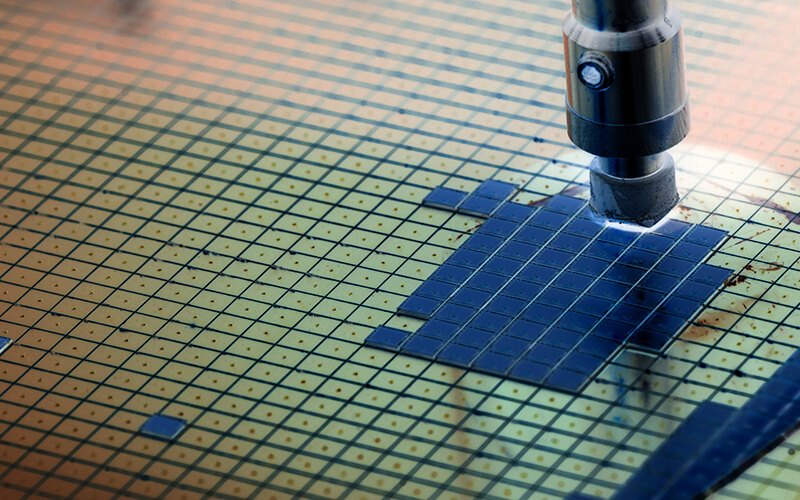
The tech industry loves to use buzzwords like “the Internet of Things,” “artificial intelligence” and “the cloud.” The problem is that these sometimes-arbitrary terms don’t make it clear what they actually mean.
“Shift left” is the latest popular catch phrase. For the uninitiated, "shift left" is neither a political term nor an ideology. Rather, a shift left methodology is where semiconductor verification and validation testing is done as early in the design cycle as possible, sometimes even before the hardware is available. In the past, engineers performed these functions sequentially, not at the same time as other design tasks and they were typically done at the end of the design process.
Verification represents a significant portion of the chip design cycle. In traditional IC design flows, signoff verification, which includes design rule checking, layout vs. schematic verification and electrical rule checking, all of which occurs at the end of the design cycle. But as you know, the faster a design can reach signoff verification, the better the chances are of meeting production schedules.
Shift left is not a new term. It originated in the software industry, and there it refers to finding and fixing bugs early in the development process, rather than catching them during post-release testing where they are much more expensive to fix. Shift left in software is based on the fact that it’s much less risky to design in quality and fix software bugs in the development process than it is after the software is released to the world.
With semiconductors instead of software, the cost of change earlier in the product lifecycle instead of later are much higher and the ability to change is all that much easier.
Taking a “get it right the first time” approach not only saves time and resources but also maintains or even improves product quality. What is more, by integrating tasks typically performed at the end of a design process into earlier stages an engineer can trim the number of necessary project cycles and the need for re-spins.
Shift left strategies offers a host of advantages, including:
- Shift left streamlines the design flow. Design changes introduced during the final stages become more manageable, reducing the risk of introducing new errors. By identifying and resolving issues earlier, you can also reduce the number of iterations required.
- Improved debugging. By identifying changes between design revisions, addressing errors becomes more straightforward, streamlining the debugging process.
- Shift left makes it easier to model process improvements with a digital twin. Innovative verification functionality, such as automated elimination of known false-positive errors, further reduces verification runtimes and eliminates errors.
- Shift left enables custom IP to be integrated more smoothly with fewer runtime and error challenges.
- Design teams can benefit from faster iteration times, reduced review and debug times and a reduction in the total number of signoffs required, resulting in increased productivity.
- Addressing defects at an early stage leads to higher-quality designs. Meeting schedules also improves a company’s chances of reaching their marketing targets. If ignored, critical errors will add hours, days, or even weeks to signoff verification time as each instance is debugged and corrected.
- The need to redesign after a product release keeps engineering teams occupied and unable to move on to the next design project. It also engages procurement personnel who must chase down parts and sometimes make costly late buys.
- The shift-left approach can also relieve the stress facing engineering teams because of the instability of supply chains. When companies are unable to get the needed electronic components to build existing products, their engineers are forced to dedicate large amounts of time and effort to redesigning those products.
More to Come
Shift left is itself an evolving process. New tools and functionality are being designed to enable engineers to shift left to perform physical verification and design optimization earlier in the design flow. By finding and resolving key issues during design and implementation, rather than waiting until signoff, design teams gain significant productivity improvements while substantially reducing time to tapeout. These new tools, techniques and functionality are becoming available to designers throughout the design and implementation flow to reduce the time and effort they need to complete their components.
More help is coming. Machine learning (ML) and other artificial intelligence (AI) techniques are being used to automate and refine design-stage layout analysis by identifying new and additional layout issues that are best addressed early.
So, get ready. Shift left is about to become an integral part of each stage of the design process at the chip, board, package and system level.
Caveats? Yup, there are a few. Among the potential disadvantages of shift-left practices is that they increase the work load placed upon chip designers because they require designers to participate in workflows that would traditionally have fallen to other types of engineers. What is more, even if all the elements used within a system have been exhaustively verified, there are still verification challenges. And unless there is one company that makes everything, you will always have integration issues.

